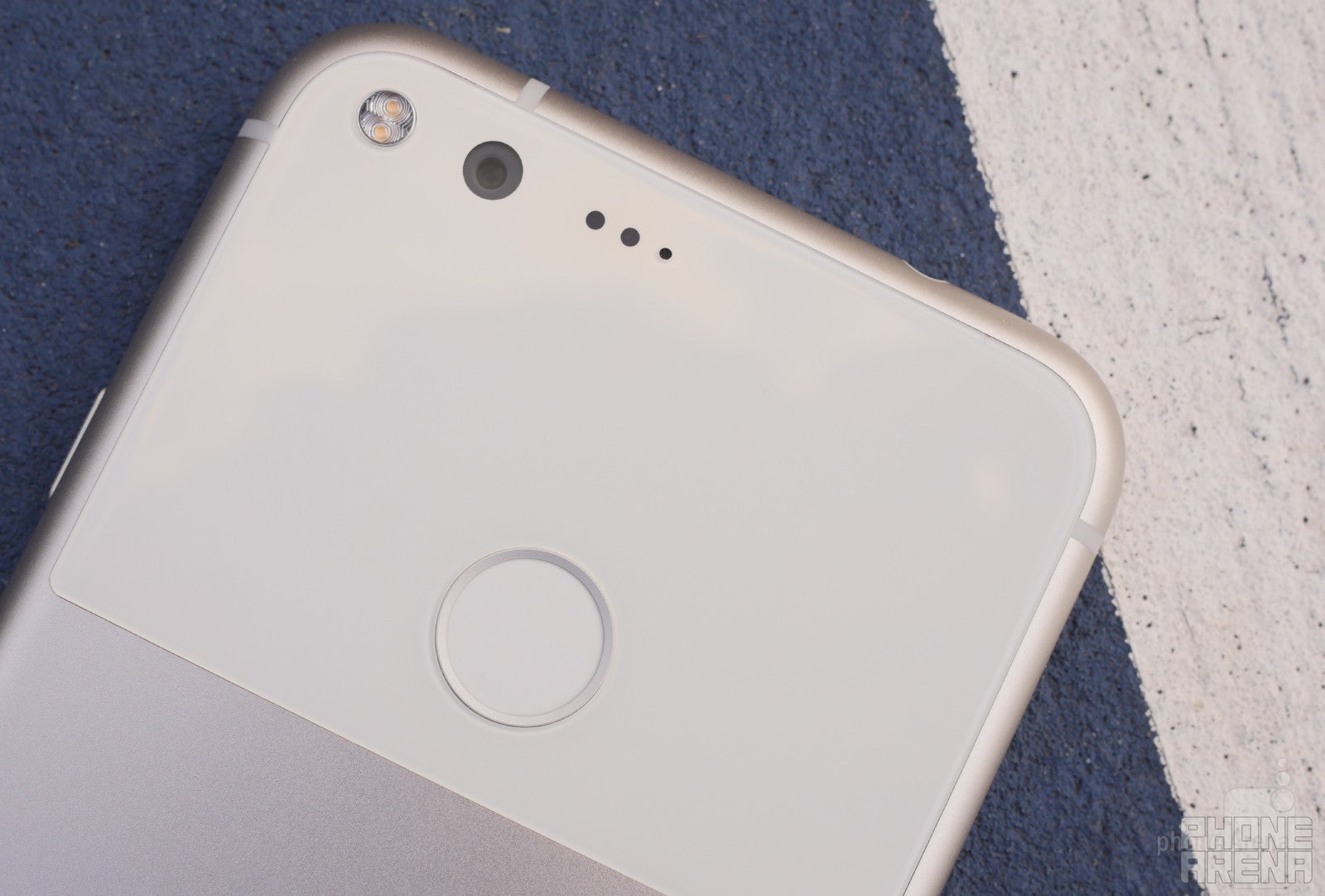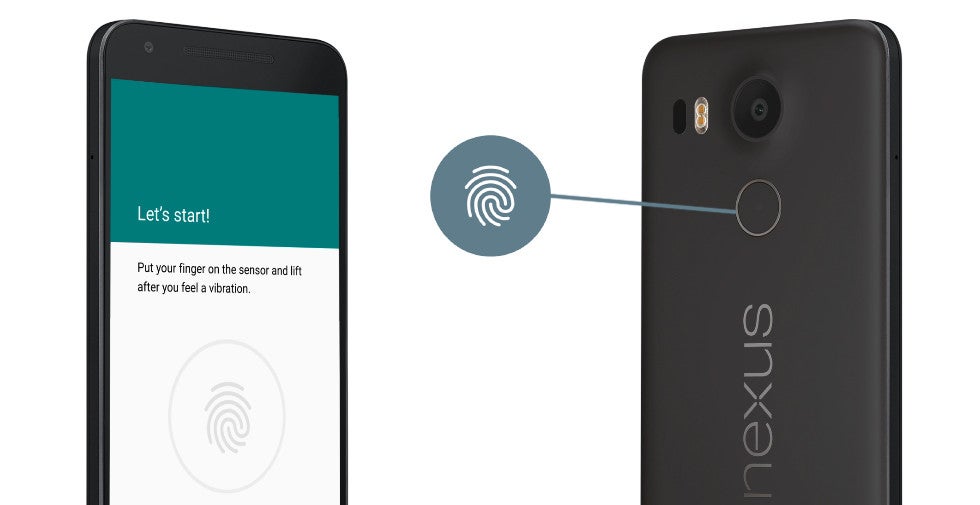Why fingerprint gestures should become the norm for all smartphones
This article may contain personal views and opinion from the author.

Enter, fingerprint scanner gestures.
If you haven't laid hands on one of the aforementioned phones, or are not familiar with the concept at all, it is understandable if you are not yet sold on the idea of fingerprint gestures. Worry not, as we will try to explain why we think this feature should become a mainstay for all future smartphones.
Fingerprint scanner gestures can help make one-handed operation easier on bigger screens
First of all, displays aren't getting smaller. Quite the opposite in fact, they are only getting bigger. With major phone makers, such as Samsung and LG, ditching the current standard 16:9 screen aspect ratio in favor of taller displays that help maximize the available space, smartphones are getting a bit narrower and decidedly taller, which makes reaching the top of their displays with one hand harder than it already is. One-handed use is severely limited on current phones with displays larger than 5.5 inches, without doing some gymnastics, that is, but imagine what it would be like on something that's even taller and has an almost edge-to-edge display.
Earlier this year, Google introduced fingerprint scanner gestures to the Nexus 5X and 6P. It's a relatively safe bet the next round of Pixel phones will be no strangers to the feature as well
Other phone makers, such as Huawei (with the P9, the Honor 8, and the Mate 9 last year, and more recently with the P10), are taking things even further by implementing more gestures into the fingerprint scanners. For example, you can scroll through your gallery by swiping vertically over the fingerprint scanner on the Mate 9, or get to your recents screen by swiping to the left on the P10.
One of the main advantages of this input method is that, no matter whether the scanner is placed up front or on the back of the phone, it is likely designed in such a way as to be easily reachable when holding the device with one hand. This means that you can easily perform gestures, no matter how big your phone is.
There's nothing to lose, but a lot to gain
What we want to see now is more phones with support for a wider variety of fingerprint scanner gestures. Although current devices are somewhat limited in the number of actions that can be performed in this way, software engineers can easily come up with new ways of interacting with the interface via the fingerprint scanner if they put their minds to it. Imagine, for example, scrolling up and down a web page by just swiping over the scanner, or going back or forward by swiping left and right, or double tapping to switch between apps. There are certainly a lot of possibilities here and we are excited to see what developers come up with in the future.And besides, even if you don't agree with some of the points we've made thus far, there's nothing to lose here, but a lot to gain. We are not saying we should be forced to use fingerprint gestures to control certain parts of a user interface, but we do think that they can be genuinely useful, especially on bigger devices. As long as fingerprint scanners are around, all smartphones should be capable of offering this type of gestures as an option.
Follow us on Google News

![Some T-Mobile users might be paying more starting in March [UPDATED]](https://m-cdn.phonearena.com/images/article/176781-wide-two_350/Some-T-Mobile-users-might-be-paying-more-starting-in-March-UPDATED.webp)











Things that are NOT allowed:
To help keep our community safe and free from spam, we apply temporary limits to newly created accounts: